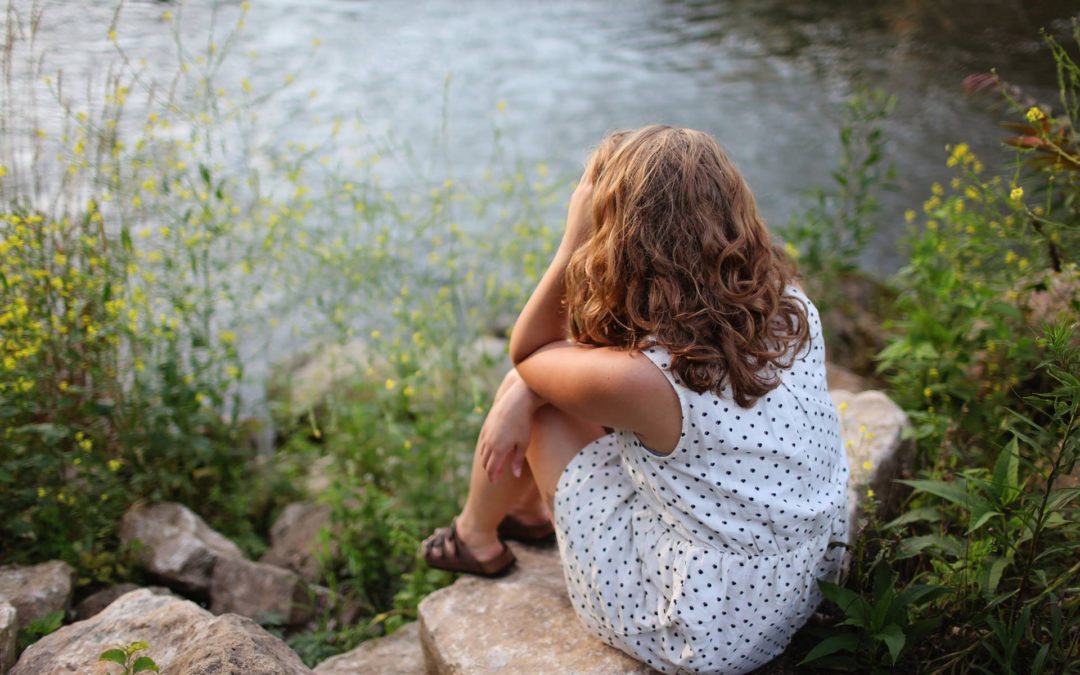Most people associate seasonal depression with the winter—and for good reason. SAD (seasonal affective disorder) afflicts far more people in the colder months than any other time of year when grey skies and fewer hours of daylight trigger many people’s depression symptoms. But not everyone suffers from seasonal depression in the winter. For a small number of people suffering from “reverse SAD,” it’s actually the summer months that lead to depression.
Causes and Symptoms of Seasonal Depression
Although the causes of SAD (also known as major depressive disorder with seasonal pattern) aren’t fully known, it is believed that changing levels of sunlight affect sufferers’ circadian rhythms. For those who suffer from wintertime SAD, decreased sunlight reduces serotonin levels, while for people afflicted by summertime SAD, too much sunlight is believed to affect melatonin levels.
In whichever season you suffer from SAD, though, common symptoms may include agitation, insomnia, anxiety, lack of appetite, and physical symptoms of depression, such as aching muscles and joints, back pain, and headaches.
Managing Seasonal Depression
For people suffering from Reverse SAD, some effective ways to manage seasonal depression may include prioritizing sleep and spending time in a cool place, away from excessive heat and humidity. Seeking the services of a therapist can also help you tackle some of the underlying issues affecting your mental health.
One additional treatment that may help you overcome the effects of SAD is ketamine therapy. Ketamine infusions have proven highly effective at treating a variety of mental health disorders as well as treating the physical symptoms of depression.
Contact JoyDeVie Infusions
To learn more about ketamine infusion therapy or to schedule an appointment, contact JoyDeVie today.

